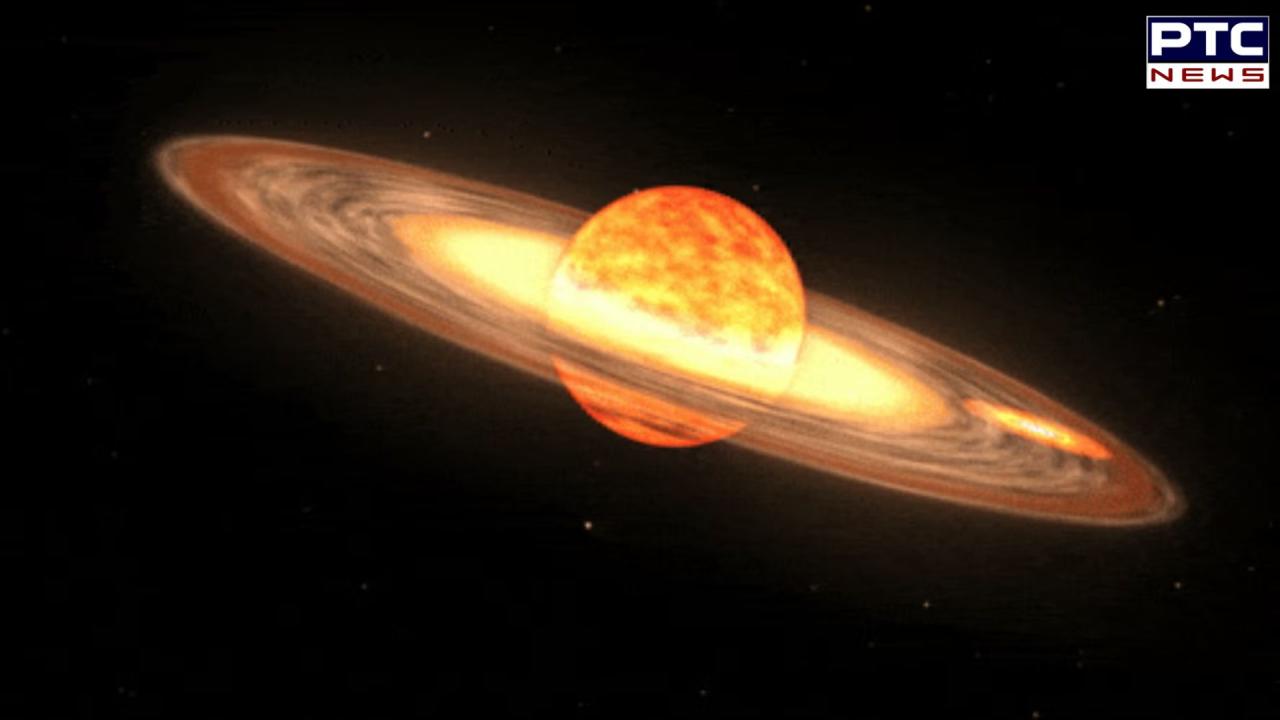Rare celestial phenomenon, new star to appear in night sky after 80 years
The Blaze Star was first recorded in 1217 in Germany by a man named Burchard from Ursberg.

PTC News Desk: Skygazers are in for an extraordinary experience as a 'once-in-a-lifetime' celestial event is on the horizon. The Blaze Star, also known as T Coronae Borealis, is poised to reappear in the night sky for the first time in nearly 80 years. This remarkable star, which last captivated observers in 1946 when it erupted from the Northern Crown constellation, was expected to become visible in September, and astronomers now believe it could make its debut at any moment.
The upcoming phenomenon is the result of a long-dead star located approximately 3,000 light-years from Earth reigniting in a dazzling explosion, which will shine with a brightness comparable to that of the North Star. However, this nova will only be visible for a brief period of a few days before it fades from sight, disappearing once again for another 80 years.
"This is a once-in-a-lifetime event that will inspire many new astronomers, giving people the chance to observe a cosmic event firsthand, ask their own questions, and collect their own data," stated Dr. Rebekah Hounsell, an assistant research scientist specialising in nova events at NASA's Goddard Space Flight Center.
Dr. Hounsell noted that while some recurrent novae have shorter cycles, it is rare to witness one erupt within a human lifetime, particularly one so relatively close to our solar system. "It's incredibly exciting to have this front-row seat," she added, highlighting the unique opportunity this event presents for amateur and professional astronomers alike.
The Blaze Star has a rich history, with its first recorded observation dating back to 1217 in Germany, where a man named Burchard from Ursberg described it as "a faint star that for a time shone with great light."
For those eager to catch a glimpse of the nova, locating it will be relatively straightforward. Skygazers can find the two brightest stars in the Northern Hemisphere—Arcturus and Vega—and draw a straight line towards the Northern Crown constellation to pinpoint the Blaze Star's location.
Dr. Elizabeth Hays, chief of the Astroparticle Physics Laboratory at NASA Goddard, emphasised the significance of this event, stating, "Typically, nova events are so faint and distant that it's difficult to pinpoint where the erupting energy is concentrated. This one will be much closer, and with many people observing it, we can gather valuable data about its structure and processes."
In addition to the Blaze Star, October’s night sky holds even more excitement, as a "comet of the century" is also set to pass by Earth for the first time in 80,000 years, promising an exceptional month for astronomical enthusiasts.


